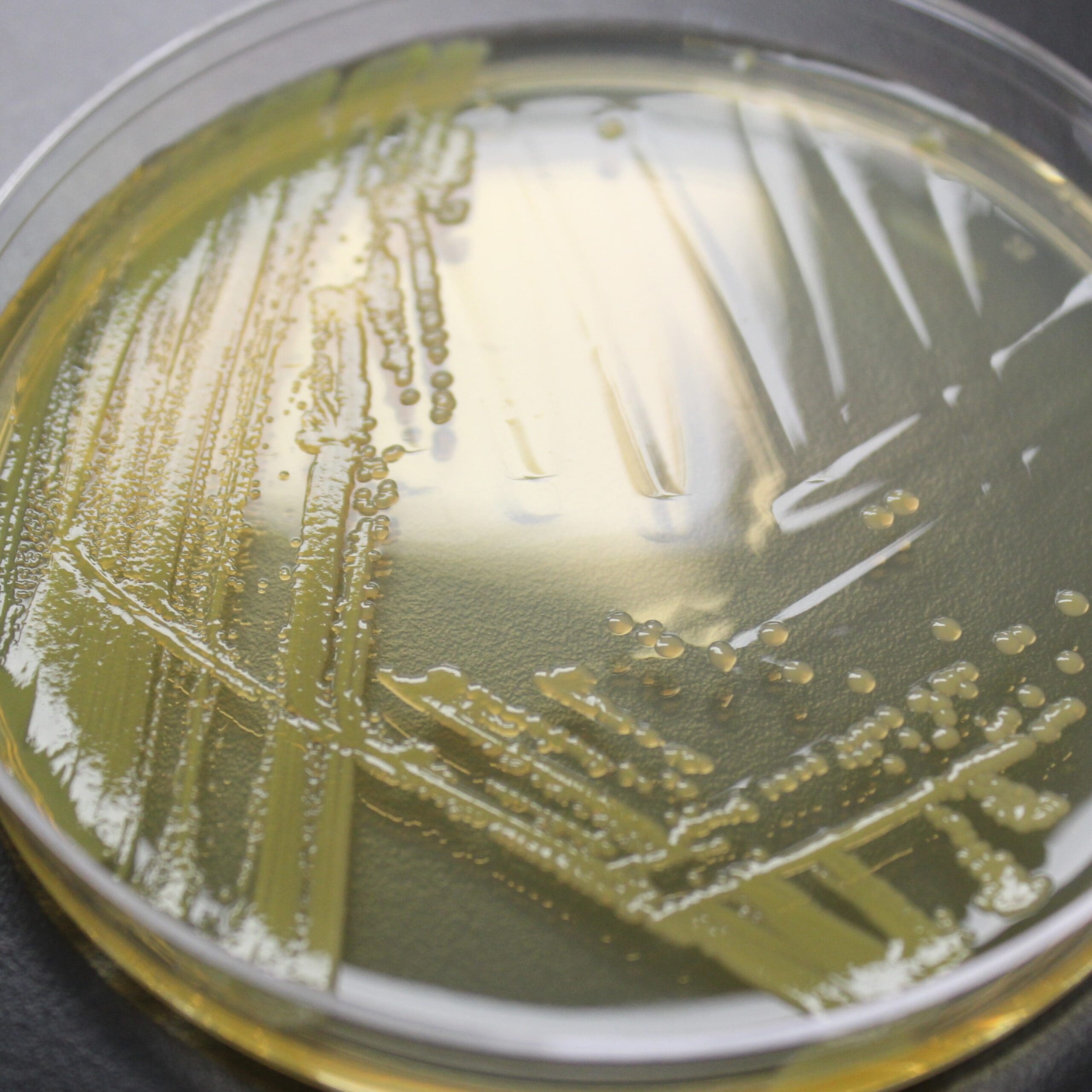
Get A Testing Quote
Burkholderia cepacia
Structure and Physiology
This bacteria is Gram-negative, rod shaped, and capable of growth in a variety of environments including soil, water, animals, and plants. B. cepacia is closely related to Pseudomonas spp. and exhibits several similar morphological characteristics.
Transmission and Disease
Typically identified as a plant and human pathogen, it is known to cause onion bulb rot and is a prevalent cause of infection in individuals with cystic fibrosis.
Disinfection
Several species demonstrate antibiotic and alcohol based resistances which make it a formidable microorganism to eliminate.
Notes
This organism is the main species of the Burkholderia cepacia complex, which includes multiple genomovars of organisms in the genus Burkholderia that are phylogenetically differentiated, but indistinguishable phenotypically. For this reason, B. cepacia related colonizations of infected individuals may have been attributed to B. cepacia, but were caused by a species closely related.
Reference
- Coenye, Tom, et al. “Taxonomy and identification of the Burkholderia cepacia complex.” Journal of Clinical Microbiology 39.10 (2001): 3427-3436.
Share

